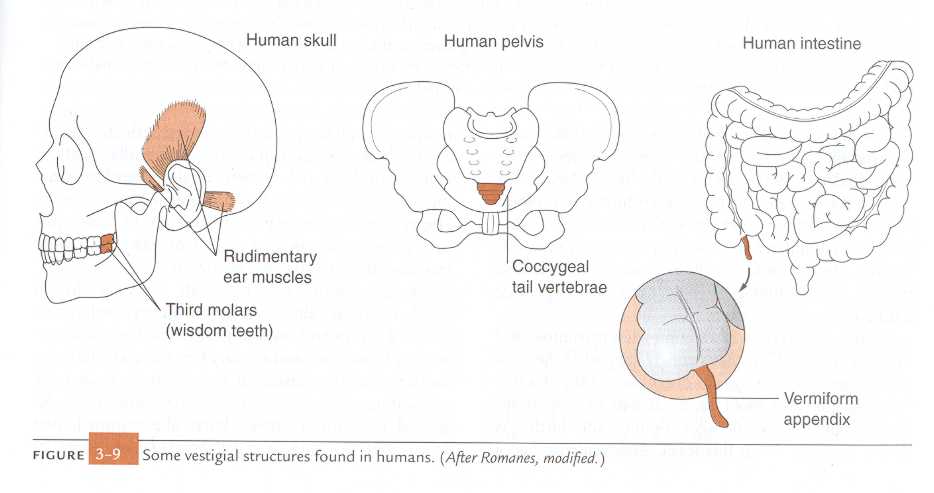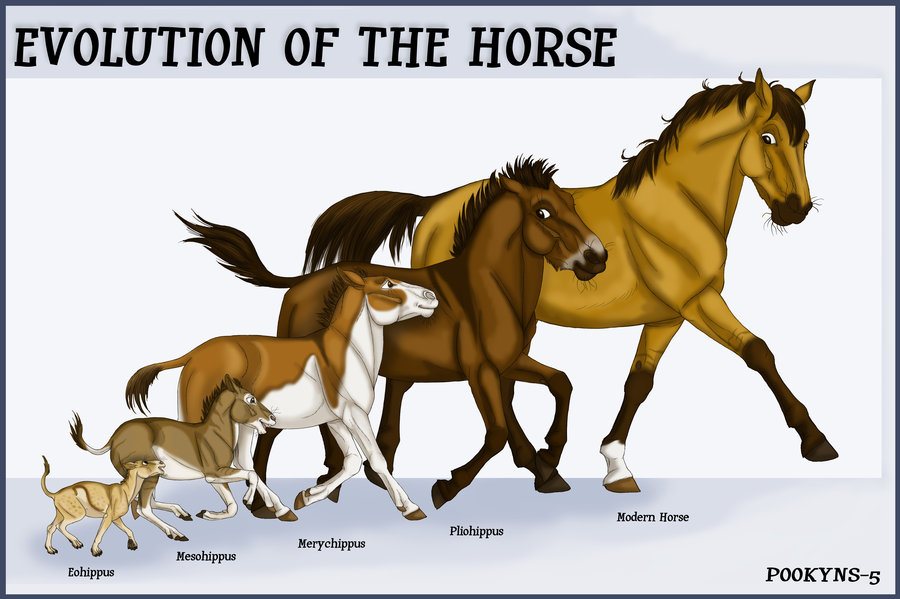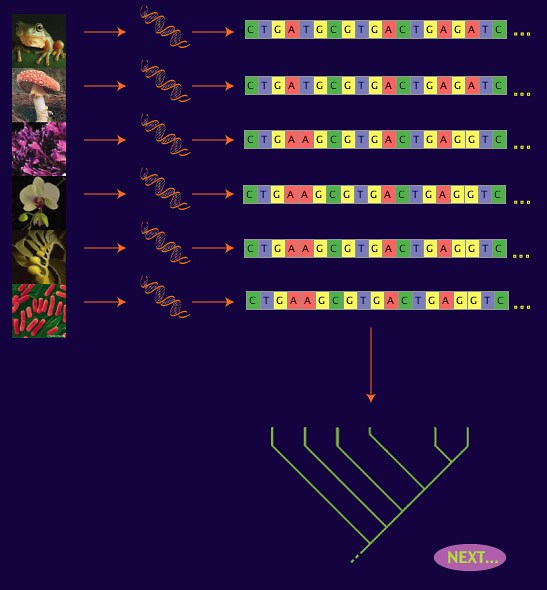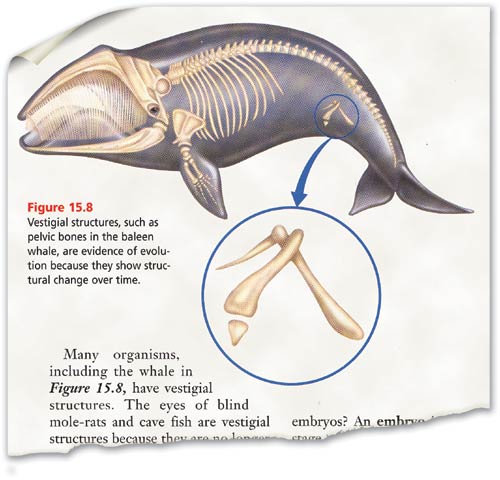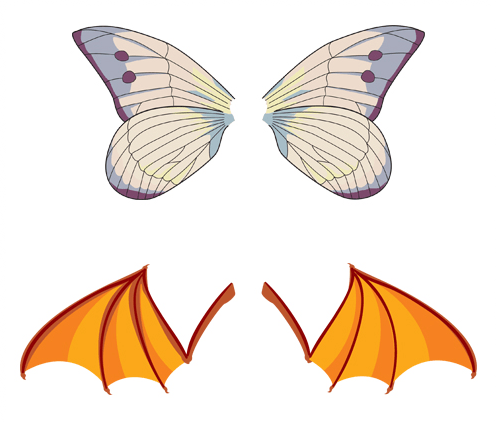
Homologous & Analogous Structures Review
Assessment
•
Jill Mc
•
Biology
•
9th Grade
•
3K plays
•
Medium
Improve your activity
Higher order questions
Match
•
Reorder
•
Categorization
.svg)
actions
Add similar questions
Add answer explanations
Translate quiz
Tag questions with standards
More options
25 questions
Show answers
1.
Multiple Choice
True
False
2.
Multiple Choice
When organisms share a common ancestor
When organisms live in similar environments
When organisms become increasingly different
When organisms experience a change in their environment
3.
Multiple Choice
The function of these bones is the same in all animals
They live in similar environments
They have a common ancestor
All organisms resemble humans
4.
Multiple Choice
Homologous structure
Analogous structure
Mimicry
Camoflague
5.
Multiple Choice
True
False
6.
Multiple Choice
True
False

Explore this activity with a free account
Find a similar activity
Create activity tailored to your needs using
.svg)

Evidence of Evolution
•
9th Grade

Introduction to Ecology & Levels of the Environment
•
6th - 8th Grade

Evolution
•
10th - 11th Grade

Evidence of Evolution
•
9th - 10th Grade

Evidence of Evolution
•
9th Grade

History of Life
•
9th - 12th Grade

Evidence of Evolution
•
10th Grade

Evidence of Evolution
•
9th Grade
